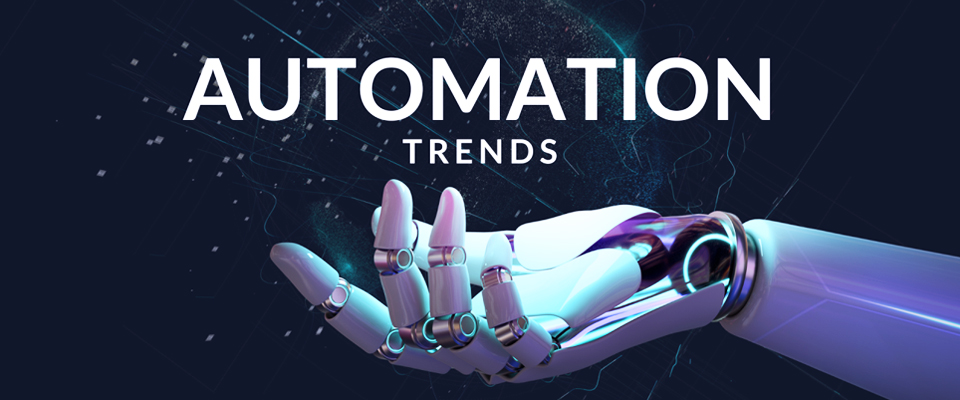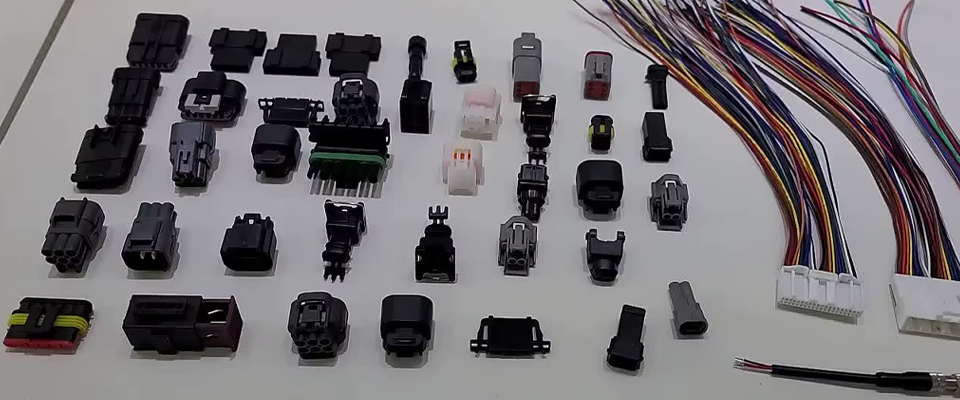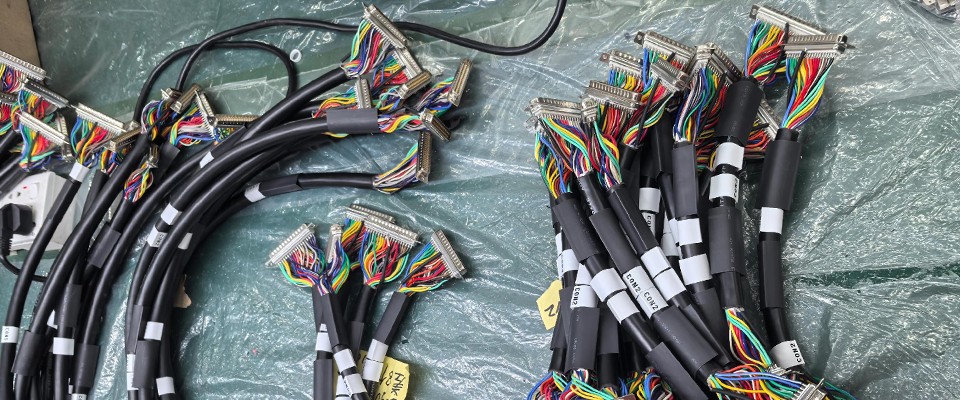As global industries continue to evolve, automation technologies are at the forefront of enhancing productivity, cost efficiency, and operational excellence. In 2025, several pivotal developments are set to redefine the automation landscape, particularly in areas such as artificial intelligence (AI), the Internet of Things (IoT), robotics, low-code platforms, and sustainable solutions. This article delves into these trends, highlighting their transformative impact on future production and business environments.
1. Deep Integration of Artificial Intelligence and Automation
The Rise of Intelligent Agents
AI is increasingly reshaping automation, especially in intelligent decision-making and adaptive systems. According to the “AI Index Report 2024” by Stanford University, AI has become a central driver in the automation sector, facilitating intelligent transformations across various industries.
In manufacturing, AI algorithms assist systems in autonomously planning and adjusting production lines to enhance efficiency and product quality. By continuously learning and optimizing, AI enables equipment to not only execute predefined tasks but also make real-time decisions based on data, thereby increasing operational flexibility and responsiveness.
Industry Impact
The application of AI spans multiple sectors. In healthcare, AI-driven automation systems provide precise diagnostic support and facilitate automated surgical procedures. In logistics, AI systems predict demand, optimize routes, and adjust inventory management strategies automatically. The “AI Index Report 2024” indicates that AI’s role in automation is expanding, with significant growth anticipated in the coming years.
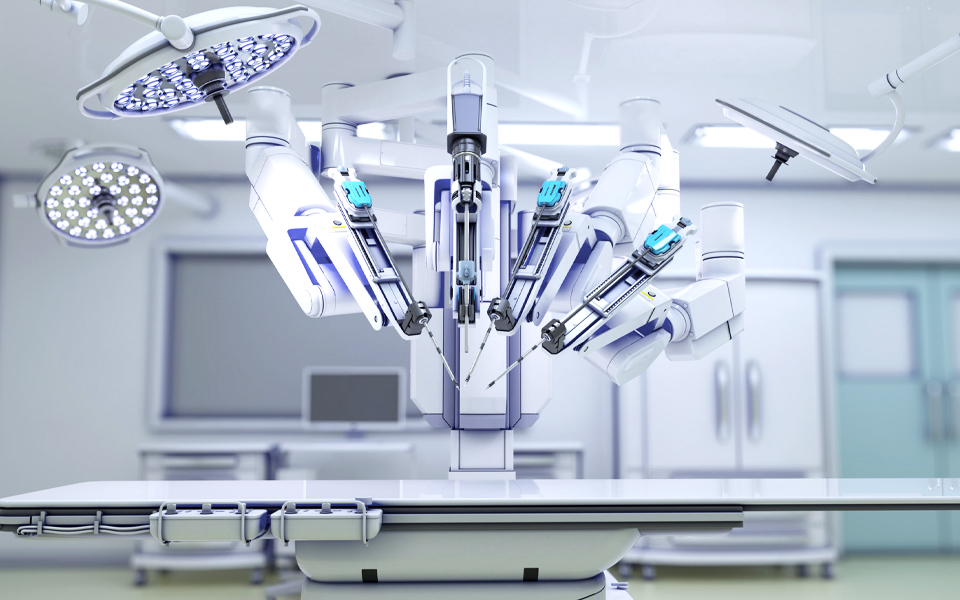
2. IoT and Big Data-Driven Smart Manufacturing
Real-Time Data Collection and Analysis
The convergence of IoT and big data analytics forms the backbone of smart manufacturing. Through IoT devices, companies can monitor production equipment, supply chains, and warehousing in real-time, gathering data for analysis to inform accurate decision-making. For instance, Siemens has implemented IoT-based data analytics platforms across its global production facilities, optimizing processes and logistics to enhance overall efficiency.
Predictive Maintenance
Predictive maintenance leverages big data and AI to assess equipment health, forecasting potential failures for preemptive repairs. This approach minimizes downtime and unexpected breakdowns. The “Intelligent Process Automation Global Market Report 2024” projects that the market will grow from $14.36 billion in 2023 to $16.38 billion in 2024, reflecting a compound annual growth rate (CAGR) of 14.1%.
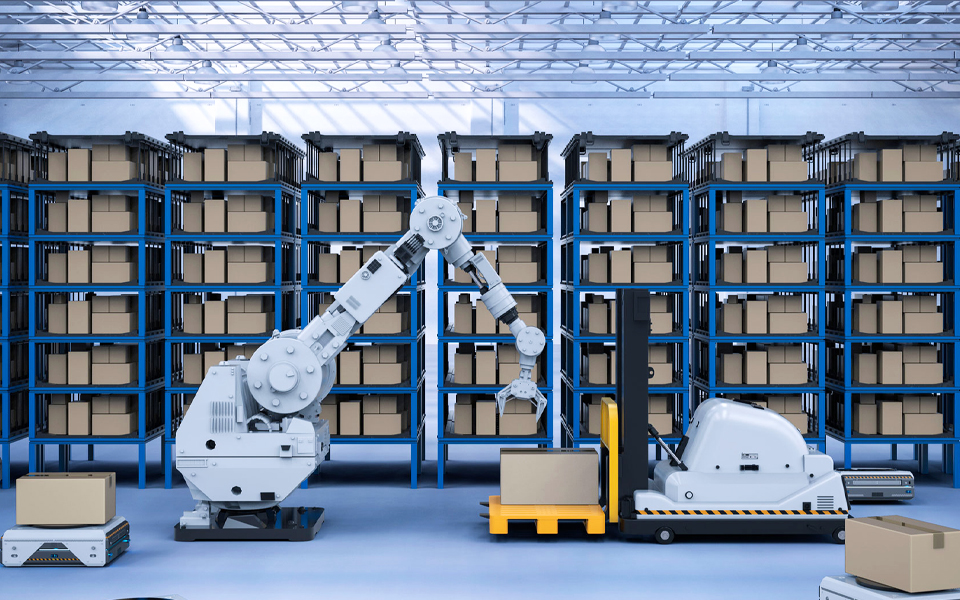
3. Advances and Applications in Robotics
Autonomous Mobile Robots (AMRs)
AMRs are transforming warehousing and logistics. Companies like Amazon and Alibaba have integrated AMRs as core technologies, enabling automatic navigation and goods handling in warehouses, reducing manual intervention, and boosting operational efficiency. The “AI Index Report 2024” highlights the significant role of robotics in automation, with substantial advancements expected in the near future.
Collaborative Robots (Cobots)
Cobots are designed to work alongside human workers, collaboratively completing tasks without the need for dedicated safety barriers. The “AI Index Report 2024” notes that cobots are gaining traction, offering flexible and cost-effective automation solutions for businesses.
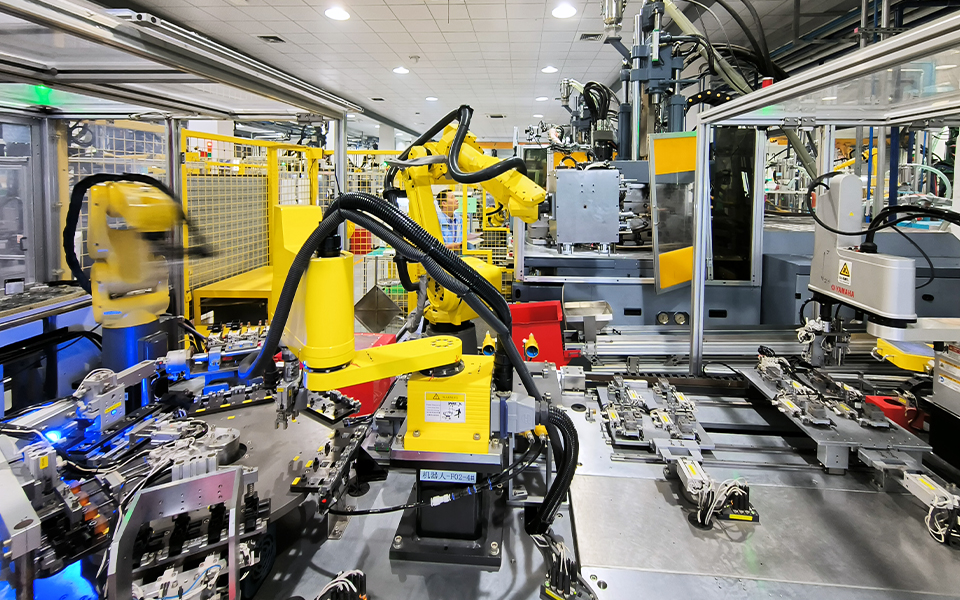
4. Emergence of Low-Code and No-Code Automation Platforms
Technological Overview
Low-code and no-code platforms are becoming essential tools for enterprise automation, simplifying development processes and enabling non-technical personnel to quickly build automated workflows. Gartner predicts that by 2025, over 50% of automation processes will be developed using low-code or no-code platforms, lowering technical barriers and increasing automation adoption among small and medium-sized enterprises.
Market Trends
As digital transformation progresses, the demand for low-code and no-code automation platforms continues to rise. Forrester’s analysis indicates that the low-code platform market is set to grow at an annual rate exceeding 25% over the next three years, underscoring their increasing importance in business process automation and application development.
5. Sustainable Automation Solutions
Green Automation
In response to global climate change and sustainability goals, green automation technologies are becoming mainstream. Automation aids companies in reducing energy consumption, improving resource utilization, and lowering emissions during production. The “AI Index Report 2024” emphasizes the role of automation in promoting sustainable practices across industries.
Policy Support
Many countries and regions have enacted robust environmental policies to promote the integration of green manufacturing and automation. The European Union’s “Green Deal” mandates that by 2025, all manufacturing enterprises must achieve carbon-neutral emission targets, presenting significant market opportunities for the automation industry and driving innovation in sustainable automation solutions.

6. Challenges and Strategies in Automation Technology
Technical Bottlenecks
Despite rapid advancements, automation technology faces challenges, particularly in high-precision sensors, complex algorithms, and intelligent control systems. The “AI Index Report 2024” suggests that by 2025, there will be increased demands for precision in automation systems, necessitating solutions for sensor accuracy, algorithm real-time performance, and control system stability.
Talent Shortage
The automation sector’s demand for skilled professionals is intensifying. Global employment studies indicate a projected skill gap exceeding 30% in automation over the next five years. Companies must invest in training and talent acquisition to ensure successful technology implementation and sustainable development.
Ethical and Social Implications
While automation enhances efficiency, it also raises societal challenges, such as unemployment and shifts in job structures. Governments and businesses should implement proactive policies, including retraining programs and social security measures, to assist affected groups in transitioning smoothly.
Conclusion
In 2025, automation will continue to lead transformations across industries. From the deep integration of AI and IoT to the rise of robotics and low-code platforms, automation technologies are steering the global economy toward greater intelligence and sustainability. However, as the industry evolves, businesses will face technical, workforce, and ethical challenges that must be addressed proactively.
The key to success will lie in adapting to these emerging trends while implementing strategies to overcome potential obstacles. Automation will not only redefine operational efficiency but also play a critical role in driving sustainable and responsible growth across industries.
Organizations that embrace these changes and invest in the right technologies and talent will be best positioned to lead in the increasingly competitive and automated business landscape of 2025 and beyond.

